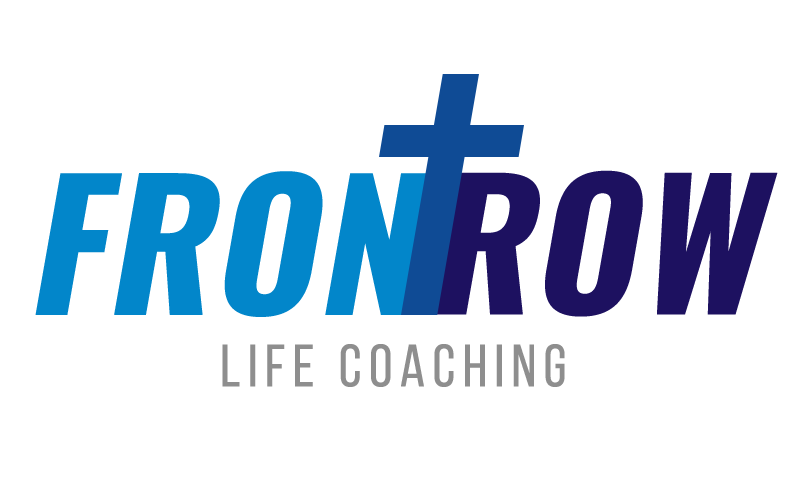As a seminary graduate and pastor, I was skeptical about much of psychology and the recovery industry, in particular.
I did learn a little more when I watched “My Name is Bill W.”, but not much. I suspected that group meetings were touchy-feely, superficial gripe sessions that allowed addicts to blame everyone else in their lives for their problems. My greatest reservation stemmed from the commitment to speak of the generic “higher power” instead of acknowledging Jesus Christ as the true life-changing power.
My views changed immediately and dramatically when a new job required a visit to a substance abuse rehab center. I found myself sitting in a group therapy session with men and women from their late teens to the 60’s. They came from upper class homes, middle class working families, and the streets. I was amazed that they treated each other as true peers. Their pointed questions and frank confessions scared me, but I recognized that this is what real conversion looks like—people struggling with real guilt having no other hope than experiencing genuine rescue through faith in Jesus Christ. In short, they were living in true Christian community.
12-step recovery is biblical
In my personal Bible study, I have found the principles that supported the steps. I finally became convinced that the steps were biblical when I recognized that Paul made his confession in 1 Timothy 1:15 as the result of completing the work of the 4th step: “Made a searching and fearless moral inventory of ourselves.” In verses 8-11, Paul outlines the basis for a searching moral inventory: the 10 Commandments. He then confesses, “I was once a blasphemer and a persecutor and a violent man….” In verse 15, Paul then explains why he can complete his moral inventory without fear: “Christ Jesus came into the world to save sinners—of whom I am the worst.” Later, I recognized the prodigal son experienced the admission expressed in the first step when he came to his senses. The 5th step is completely in keeping with James’ instruction in his letter: “Therefore confess your sins to each other and pray for each other so that you may be healed. The prayer of a righteous man is powerful and effective.” The 12 Steps help addicts face their sin and apply the remedy of the Gospel.
12-step recovery is progressive
Working the steps requires following a process that moves the addict from a life of isolation to healthy relationships with others. In working the first 3 steps, you recognize the futility of your efforts to overcome your addiction by your own efforts and acknowledge your total dependence upon the Lord for help. In steps 4 through 6, you face the reality of your own brokenness due to sin and declare your readiness to have God transform you through the Gospel. In steps 7, 8, and 9, you work to repair the relationships that have been broken as a result of your addiction. In the final 3 steps, you work to advance the work already by growing in your knowledge of God and sharing what you’ve experienced with other addicts
12-step recovery is not self-help
Anyone who hopes to end addiction must work the steps personally, but cannot work the steps without help from others. Groups urge members to find a sponsor/mentor who has already worked the steps or a partner who can work them at the same time in order to provide accountability for working the steps. Demonstrating a willingness to be in relationship through the steps is one of the most important foundations for completing the work. You are choosing to end the hiding that is isolation. Curiously, you must begin by deepening your relationship with God first. If I don’t really trust Jesus, then I won’t be able to trust His people. In the group meeting, you invite the other members to walk with you through the valley of the shadow of death. Knowing the God Who has walked that valley first is essential.
12-step recovery is an adventure
The function of a 12-step group is not a precise science, as group veterans will attest. There are healthy and unhealthy groups. A healthy group fosters wholeness as the members progress through the steps. An unhealthy group permits members to repeat the same confessions they have made previously. Healthy group can have unproductive meetings and unhealthy groups can have productive meetings.
The single greatest factor influencing a group’s health and effectiveness is the commitment of each member to work the steps. Members must help each other face the external and internal triggers that make up their patterns of addiction. Each person experiences moments of strength and of weakness—moments when it seems much easier to return to the life of denial and blame-shifting than to keep growing by answering that difficult question that has just been posed.
Following the well-trod path outlined by the 12 Steps will help you to escape the pattern of self-defeating behavior that has dominated your life and prevented you from experiencing wholeness through faith in Christ.




